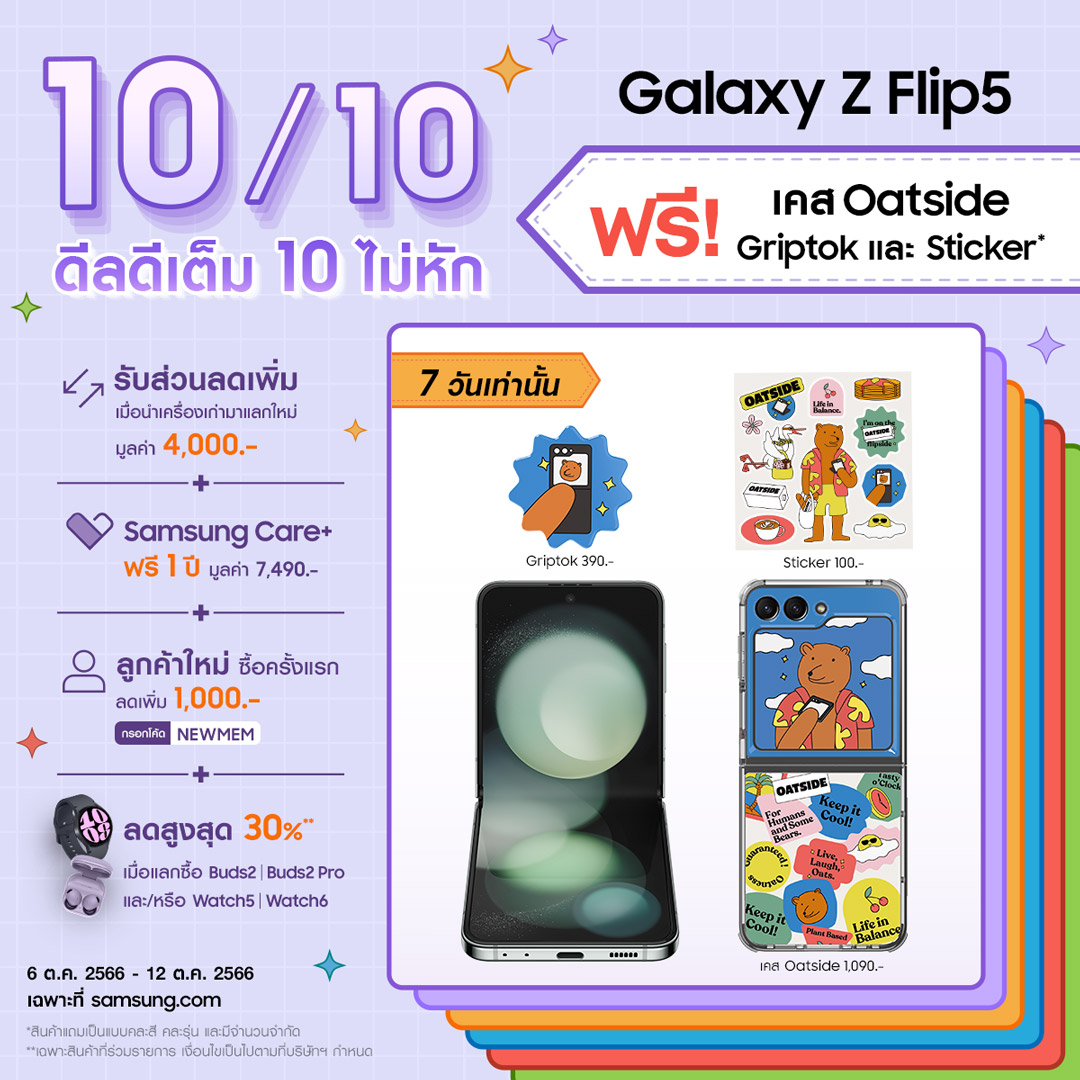![]()
Taiwan’s capital Taipei is often overlooked in favor of other modern Asian cities such as Tokyo , Seoul, Hong Kong and Singapore .
Before we even visited the city by any chance, we had no idea what to expect.
Taipei, however, proved to be incredibly interesting with a wild mix of ancient temples and modern technology. The big city is both slow and fast – a bit like Tokyo – but far more manageable.
Everywhere in the city we felt safe and welcome, and the food culture with street food and night markets aroused great enthusiasm in Alexander.
Why Taipei?
To renew our visa-free stay in the Philippines , we traveled in December 2017 from Manila to Taipei. The plane tickets were cheap and none of us had any special relationship with Taipei – so why not?
After a month in Palawan, where there is a long way between 24-hour shops and ATMs (but not far between power outages), Taipei was a somewhat different experience.
For although Taipei adheres to many customs and traditions, it is an ultra-modern metropolis. There is a full blast around the clock, and whatever one may be missing, it is within easy reach.
Another major change from the Philippines to Taiwan was the climate. We came from 30 degrees with shorts and sandals to about 10 degrees and cold wind. The sun occasionally looked out from behind the clouds – but it was necessary for us to put on all the clothes we had packed in our hand luggage.
Luckily, we could often forget the cold for a moment by rushing off the subway, drinking great coffee and sipping hot noodle soups.
Originally, we had planned to visit the nearby Yangmingshan National Park as well as the photogenic city of Jiufen, but Taipei turned out to have more than plenty to offer. It made us spend all three days in the city itself – and the cold weather did not even invite for long outdoor walks.
Attractions
In a relatively small area, Taipei offers an incredible amount of sights.
If you take the metro around, you can easily reach the city’s absolute highlights in a single day, but it is recommended to walk between the sights to get the many nuances.
That way you can also fall over temples that are hidden between the houses and be persuaded for another meal break by the many food stalls and small restaurants.
Here are three sights that we can especially recommend that you stop by + a short hike that shows Taipei from its most famous side.
TAIPEI 101
Taipei is almost identical to the iconic high-rise building Taipei 101.
At 508 meters, the Taipei 101 was the tallest building in the world from 2004 to 2009, until the square was taken over by the Burj Khalifa in Dubai.
There are, of course, 101 floors, and the lightning-fast elevators transport passengers from the 5th to the 89th floor in just 37 seconds.
For an entrance fee, you can gaze at the view from the observation deck on the 88th and 89th floors, as well as from an outdoor platform on the 91st floor, weather permitting.
In the basement there is a food hall with a wealth of dining options, and on the first five floors of Taipei 101 is one of the city’s most expensive shopping malls.
NATIONAL CHIANG KAI-SHEK MEMORIAL HALL
The National Chiang Kai-shek Memorial Hall was erected in 1980 in honor of Taiwan’s former president Chiang Kai-shek.
Chiang Kai-shek is a controversial political figure, but the large, symmetrical square is an impressive sight and a nice respite from Taipei’s tall houses and narrow streets.
A large sake brewery occupied most of the grounds in the early 1900s, but today
the old factory buildings have been converted into art galleries, designer shops, fancy cafes and restaurants. There is also a cinema here, and concerts with aspiring indie bands are held regularly.
In other words, the Huashan 1914 Creative Park can rightly be called a hipster’s dream.
We enjoyed strolling around the area and experiencing the lively atmosphere.
ELEPHANT MOUNTAIN
Taipei’s best views are obtained from Elephant Mountain, where there are good vantage points along the orderly (and steep!) Path along the way.
From here you can see the city’s beautiful skyline – and not least Taipei 101, which dominates the landscape.
The walk up to the most famous viewpoint takes 15-20 minutes, but if you want to walk more, the path continues even further.
The trail starts 650 meters from the Xiangshan MRT stop, which is the last stop on the red line. There are plenty of signs pointing in the direction of Elephant Mountain. Just follow the park from the subway until there is a road, and turn left onto the road.
Temples
Taipei is packed with temples. We fell in love with the colorful architecture, and each temple offered new experiences; some were filled with mesmerizing and singing people, while others were completely empty and gave room for quiet thoughts.
LONGSHAN TEMPLE
Longshan Temple is Taipei’s most famous and popular temple to visit – for both religious and tourists. Expect high activity around the clock.
Its long history is filled with drama; the temple was bombed during World War II, among other things, but every time it has been destroyed, it has been rebuilt.
In addition to its religious significance, Longshan also represents Taipei’s resilience and resilience.
Close to the temple is the historic street Bopiliao, which is often highlighted as a sight in Taipei. We were not wildly impressed by the orange brick houses, which fade a bit next to the oriental temples, but the area is nice to walk around.
LINJI HUGUO
Not everyone who gets off at the Yuanshan MRT stop is aware that there is a hundred-year-old temple on the other side of the street. Instead, many seek out the Taipei Fine Art Museum or Taipei Expo Park. But it is a pity to overlook the fine temple.
Linji Huguo is not Taipei’s most spectacular temple, but it’s definitely worth a short visit if you get off at Yuanshan anyway – and are heading for Dalongdong Bao’an Temple, for example.
DALONGDONG BAO’AN
Dalongdong Bao’an Temple was built in 1742 as a temple for Taiwanese folk religions, and it has since been rebuilt countless times. Today it is dedicated to the Taoist saint Baosheng Dadi.
The temple is very active, and when we visited it, several religious rituals were in full swing, which we did not understand much about, but which were nevertheless interesting to observe.
Like many other Taipei temples, the Bao’an Temple is both colorful and full of fine details. The garden, which is just opposite the entrance to the temple, should definitely be taken time to walk through.
Night markets
In Taipei, the best meals are not necessarily available at fine restaurants, but instead from street kitchens that only roll out when the sun has set.
Taipei night markets are known as some of the best in the world, and a visit to the city cannot be said to be complete without having experienced at least one.
We did not visit it ourselves, but the largest night market is Shaolin , which is located north of the center. In return, we ate our way through Ningxia Night Market as well as hung out at Sanhe Night Market, both of which can be recommended.
NINGXIA NIGHT MARKET
Ningxia is unlike many other of Taipei’s night markets exclusively a food market.
Deep-fried taro balls, oyster omelettes and fluffy baos are served here, and at several of the most popular stalls you have to line up if you want to taste the specialties.
The atmosphere is hectic and the market can be interesting to experience, even if one does not feel extra adventurous in terms of Taiwanese cuisine.
SANHE NIGHT MARKET
Without being aware of it, we had booked an apartment right next to the Sanhe Night Market, and
we are happy about that, because otherwise we would most likely not have discovered the daily night market.
Every night, the market offered (pretty much) everything the heart could desire of Taiwanese street food as well as a whole lot of shopping – including sneakers, caps, teddy bears, dog clothes and extra feminine dresses.
Unlike some of Taipei’s other night markets, Sanhe is less commercialized and more for the locals.
The street is long, so here you can easily spend an hour or two.
Eating places
If you love Asian food, you will love Taipei.
The city is known as a true food paradise, and each street holds new dining options.
If you are not immediately into the East Asian cuisine, there are also more western-oriented restaurants in the city, but there is something further in between.
The good cafes will generally be a sensible choice for sandwiches and simple pasta dishes. However, it is easiest if you are crazy about rice, noodles, soups – and what is stranger.
Coffee shops
We were surprised by Taipei’s café and coffee culture, which turned out to be a wonderful mix of cool new yorker vibes and Asian meticulousness. Hand-brewed specialty coffee was demanded in the inviting and cosily furnished rooms.
Coffee bars are not in short supply in Taipei, but here are still three cafes that we can vouch for in particular.
NÖRMA CØFFEE
Right next to Dalongdong Bao’an Temple is Nörma Cøffee, who lured us inside with her llama logo and strange use of Scandinavian letters.
To our great delight, the café turned out to be a real coffee nerd, and we ordered a fantastic hand-dripped (Chemex) coffee brewed on Ethiopian naturals.
PAPER ST.
Paper St. is an obvious stop in connection with a visit to Huashan 1914 Creative Park , and here delicious coffee beans are hand-brewed for the big gold medal.
The cafe is relatively small and the selection of coffee and cake is very limited, but the quality is top notch.
LOUISA COFFEE
The Louisa coffee chain is located in several places in Taipei, and the orange signs do not at first glance indicate third wave coffee. But if you step inside, you will discover that Louisa is actually picky about coffee – and even at very reasonable prices.
Sleepover
The first time you see a map of Taipei, it can be difficult to get an overview of where it is smart to live.
The center of Taipei can be said to be between the western river, the green metro line to the north and the red metro line to the south (which can be seen in the picture below). Here are most of the popular attractions, but all around the center there is also plenty of city life.
No matter where you live, it is very easy to get to temples, night markets and other sights if you are within walking distance of a metro station.
HERE WE LIVED
We chose to stay in an apartment just west of the river at the MRT stop Taipei Bridge. It was cheaper than downtown, and the subway made it easy to get around the whole city.
We found the apartment on Airbnb, where there are many good accommodation options. Although our host could not speak English, it went smoothly when Airbnb translated our conversations.
Transport
Without nearly the same pressure on traffic as in Bangkok or Manila, for example, it was a pleasure to walk around Taipei’s sidewalks. Should we go a little further, there was rarely a long way to the nearest metro station.
METRO
The Taipei subway is the fastest way to get around the city.
In addition, it is really well maintained, punctual and not least cheap; most tours cost only between 20 and 30 Taiwanese dollars (about 4.2 – 6.3 kroner).
TO AND FROM THE AIRPORT
To Taoyuan International Airport we took bus line 1819, which runs around the clock to and from Taipei Central Station.
The price per person is 125 Taiwanese dollars (about 26 kroner) and the trip takes about an hour.
























